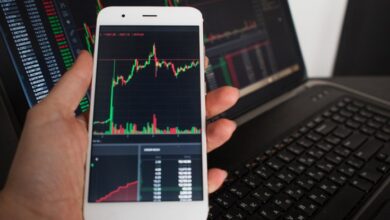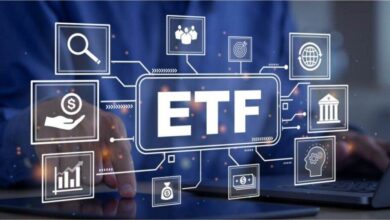Algorithmic Trading: Unveiling the Black Box

Algorithmic trading, frequently alluded to just as also trading, is a complex way to deal with trading monetary business sectors that depend on PC calculations to execute orders. Due to its speed, efficiency, and precision potential, it has gained a lot of traction in recent years, both among retail traders and institutional investors. This article digs into the universe of algorithmic trading, revealing insight into the internal functions of this “black box” and inspecting its key parts, systems, benefits, and difficulties.
Figuring out Algorithmic trading
At its center, algorithmic trading includes utilizing pre-modified guidelines, or calculations, to robotize the whole trading process, from request age and steering to execution. These calculations can investigate market information, distinguish trading valuable open doors, and execute orders at rates and frequencies that are beyond the realm of possibilities for people to coordinate. Algo trading can be applied to different monetary instruments, including stocks, bonds, products, and digital forms of money. Try trading with demat account login.
Algorithmic Trading Market Data Feeds’ Most Important Parts: Asset prices, trading volumes, bid-ask spreads, and other pertinent data are provided by real-time market data feeds to algorithms. This information takes care of are fundamental for calculations to pursue informed trading choices.
Trading Systems: Calculations are the core of algo trading. They are PC programs that contain predefined rules and rationale for pursuing trading choices. Calculations can go from straightforward rule-based techniques to complex AI models. Try trading with demat account login.
Request Execution: Calculations execute orders by cooperating with trading settings or agents. They can cut orders into more modest pieces and execute them after some time to limit market effect or utilize other execution procedures to accomplish explicit goals. Try trading with demat account login.
Risk The board: Risk the executives is a basic part of algorithmic trading. Calculations should integrate risk controls to restrict expected misfortunes and guarantee consistency with administrative necessities.
Backtesting and Advancement: Prior to conveying a calculation in a live trading climate, brokers frequently direct broad backtesting and enhancement to survey its verifiable exhibition and refine its boundaries. Try trading with demat account login.
Common Algorithmic Trading Strategies The term “algorithmic trading” refers to a wide variety of strategies, each of which is tailored to a different set of market conditions and goals. Some normal algo trading methodologies include:
Arbitrage: Exchange procedures plan to take advantage of cost contrasts between related resources or markets. For instance, factual exchange recognizes sets of stocks with generally connected value developments and looks to benefit from deviations from their typical relationship. Try trading with demat account login.
Market Making: Market creators use calculations to ceaselessly give liquidity by providing bid and ask cost estimates for a specific resource. They benefit from the bid-request that spreads and points limit their openness to showcase cost developments.
Pattern Following: Pattern-following calculations recognize and exchange the bearing of winning cost patterns. These calculations can assist brokers with catching expanded cost developments during times of market energy. Try trading with demat account login.
Trading with high frequency (HFT): Orders are frequently carried out in less than a second using HFT strategies. HFT calculations profit by little value inconsistencies and take advantage of transient market shortcomings.






